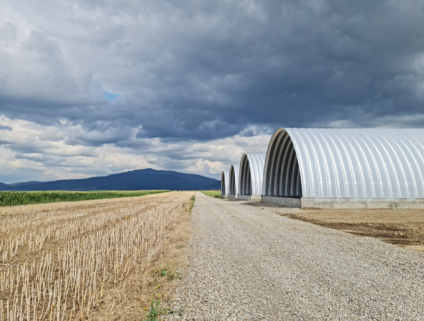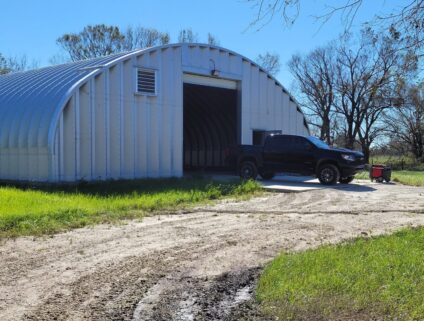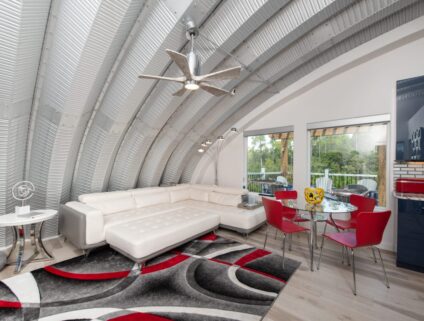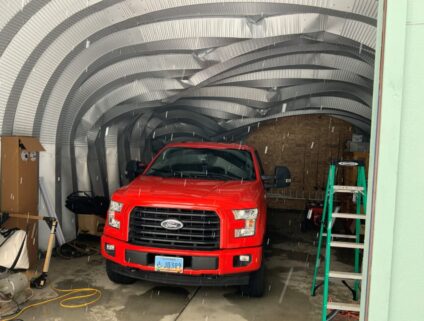Vintage Garage Decor and Design: Tips for a Timeless Space

Whether you’re a vintage car enthusiast or just love the charm of classic designs, creating a vintage-inspired garage can be rewarding.
From retro decor to architectural choices, these vintage garage design tips will help you transform your space into a nostalgic haven. Plus, if you’re looking for garage inspiration vintage garage decor ideas, we’ve got you covered with examples that will fuel your creativity.
- Stick with a Specific Time Period
Selecting a specific era is key to achieving the right look. Wayne MacDonald, a member of the Antique Automobile Club, built his very own vintage-style garage inspired by early 20th-century automobile garages.
Wayne’s custom vintage garage interior features a vintage garage design that combines antique charm with modern-day protection for his antique cars. For your own project, browse through garage inspirations from different decades, from the 1920s to the 1980s, to see what fits your vision
2. Curate Antique Decor and Signage
For those who want to take their vintage garage decor ideas to the next level, filling the space with era-specific decorations is a must.
You can use signs, furniture, and tools from your chosen period to complete the look. Wayne turned his garage into a mini-museum for his antique cars by adding automobile memorabilia and customizing his front endwall with vintage signs and doors.
Consider thrifting or upcycling retro gas station signs, old-fashioned tools, or automotive advertising from past decades to decorate your garage.
3. Display Your Classic Car Collection
Wayne’s vintage garage interior was built specifically to display his collection of antique cars. If you’re planning to use your garage as a display space, consider how you’ll arrange the vehicles to highlight their beauty.
For garage inspiration, look at showrooms or classic car exhibits for ideas on how to organize your collection while keeping the vintage garage design intact.
4. Pick a Historic Building Design
For an authentic vintage garage design, consider a building with historical ties, such as a Quonset hut. Originally used during WWII, its arched, industrial style brings a true retro vibe. Wayne used a SteelMaster Quonset hut to create a garage that reflects the past while protecting his antique cars.
Quonset huts are durable and timeless, making them a great choice for those looking to blend the old with the new. For more ideas, browse garage inspiration pictures of Quonset-style garages that evoke classic, vintage charm.
Categories
Tags










